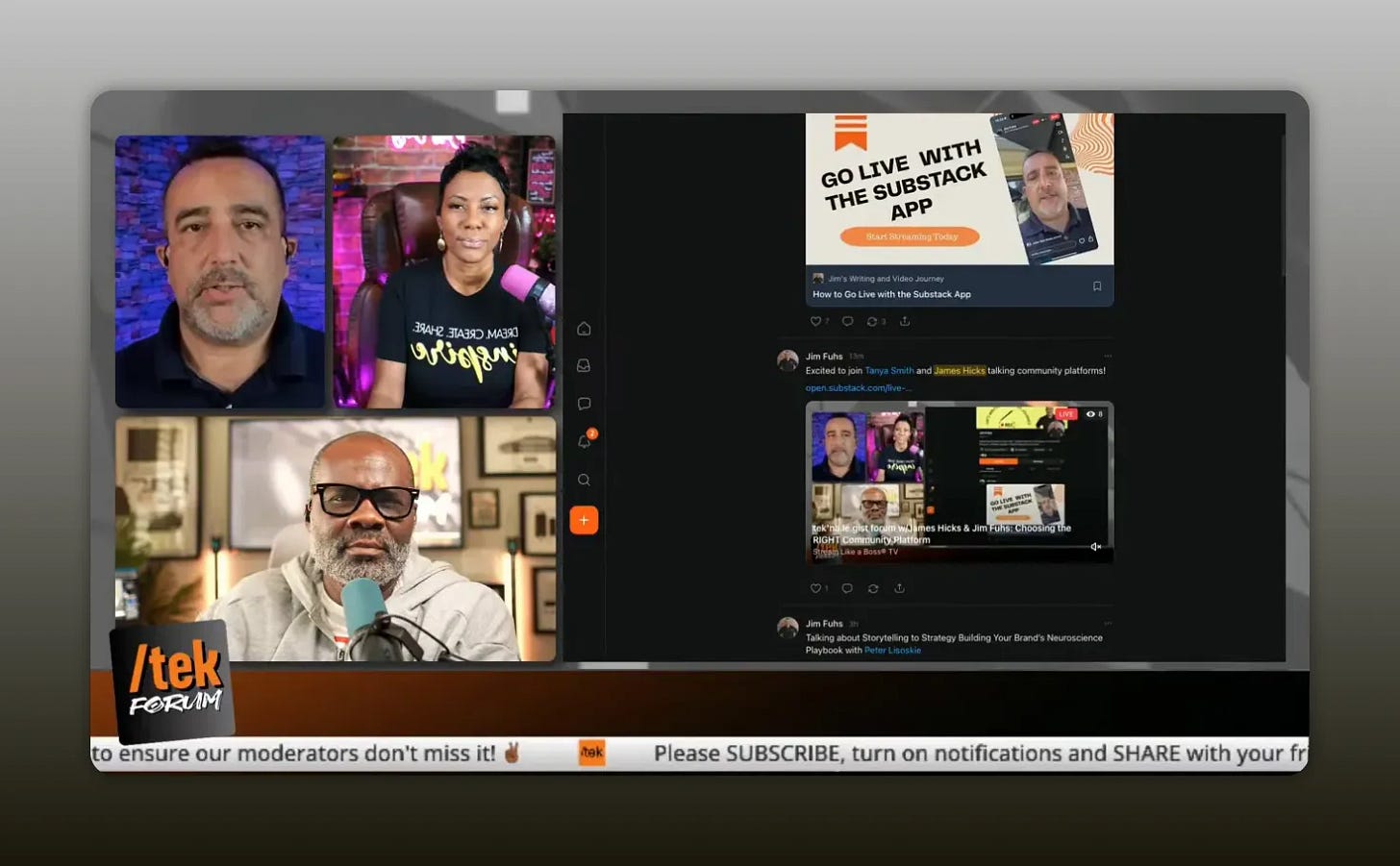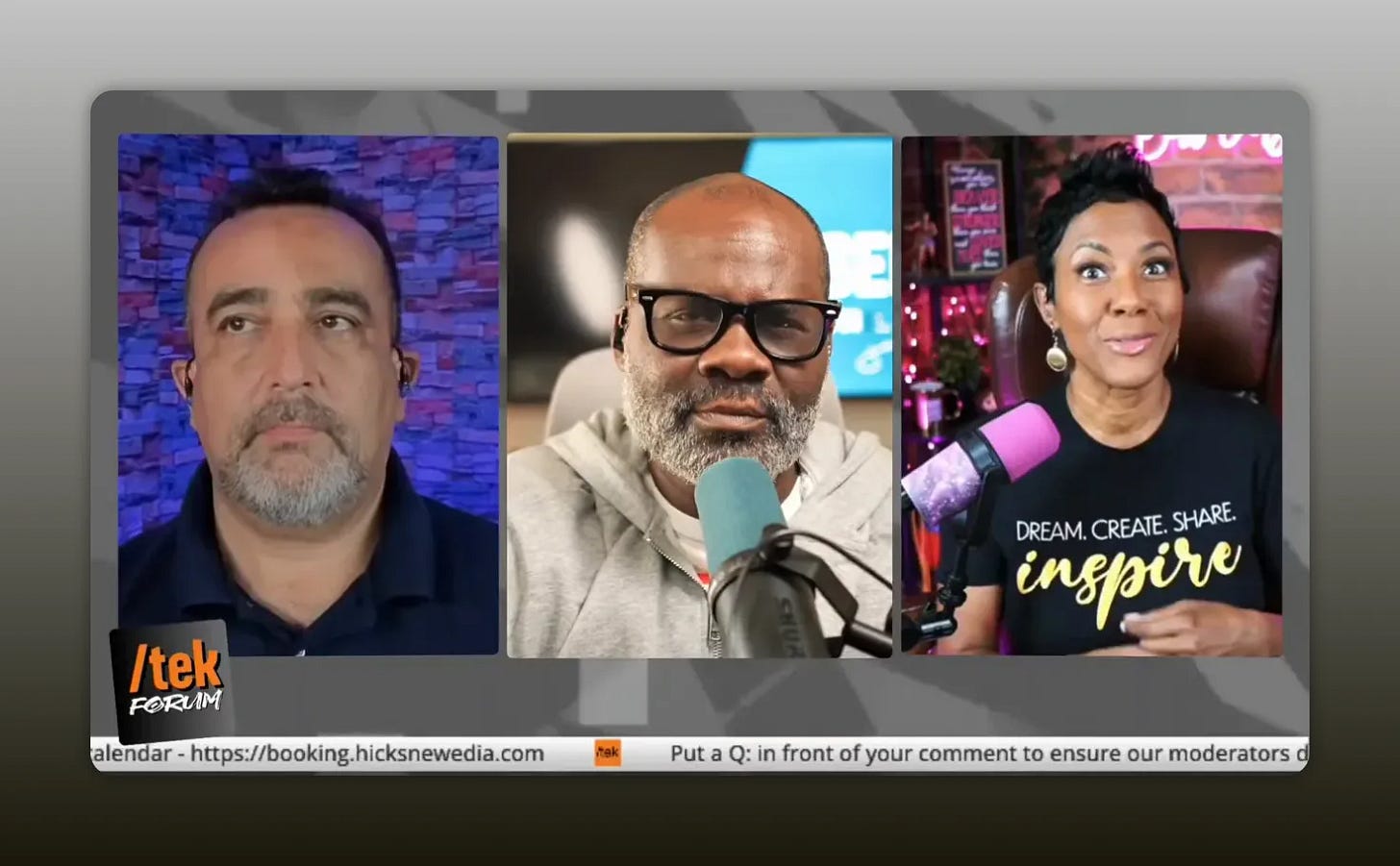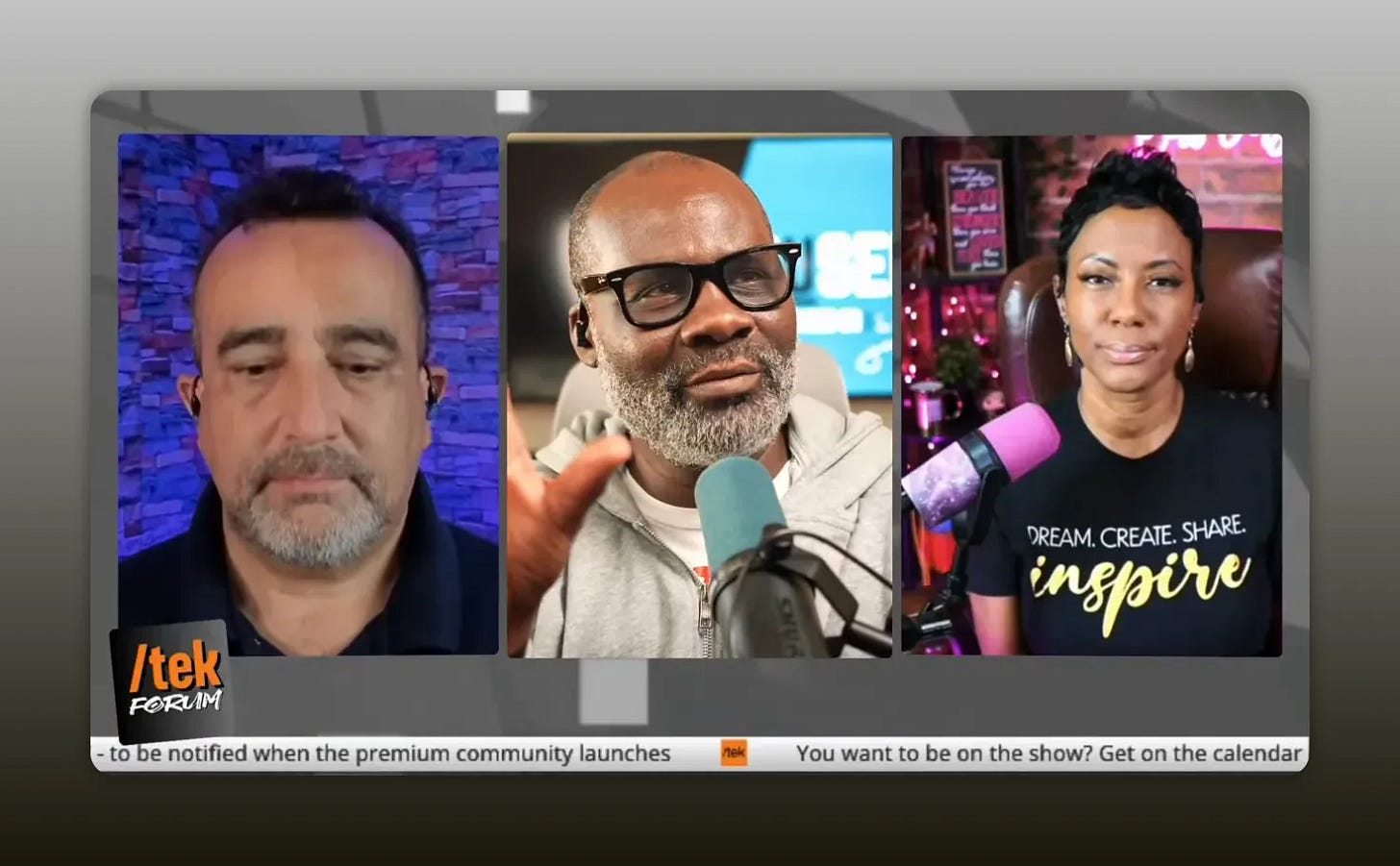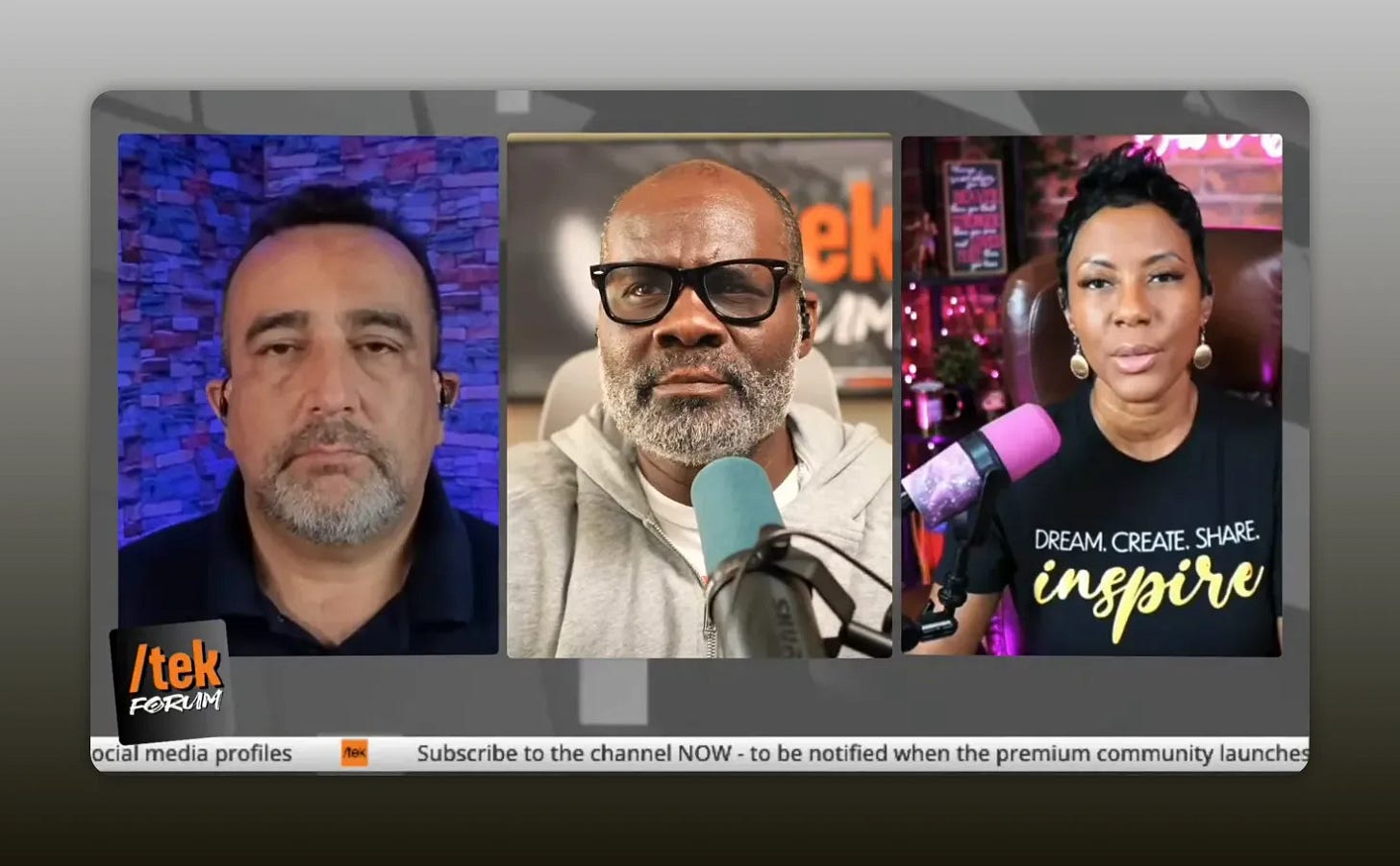Own Your Platform: Stop Building on Rented Land!
Content creators, solopreneurs, and small business owners: there is a difference between being visible and being secure. Your presence across apps and social networks matters, but the place where you build your foundation matters even more. Own the platform you control, and design a system that protects your work, your revenue, and your relationships.
Why “renting” your community is risky
Platforms change rules. Features disappear. What once felt like a stable group or a thriving page can vanish overnight. One moment you have a crowdsourced resources document and daily engagement; the next, it is gone without explanation. That loss teaches a hard lesson: if you rely solely on another company to host your community, you can lose the results of years of work in an instant.
Real-world impact: features that enable discovery or live interaction can be removed, throttled, or restricted. That erodes both trust and momentum.
Three principles to build on solid ground
When you are deciding where to anchor your community and business, keep these simple rules front and center.
Own your audience. Capture the things you can export, like email addresses and membership records. If a platform changes, you need a way to move people where you want them to go.
Work smarter, not harder. Choose tools that reduce friction for you and for your audience so you can spend more time creating value and less time wrestling integrations.
Nail your brand. Be clear about who you serve and how you deliver value so your community follows you, not just the platform.
“You have to be a business owner and a landlord, not a renter.”
How to think about platforms: the flywheel, not a funnel
Traditional linear funnels have given way to a flywheel approach. Different platforms play different roles:
YouTube = discovery and long-term searchability. Use playlists as evergreen encyclopedias of your expertise.
LinkedIn = credibility and a professional calling card for prospects who check you out before reaching out.
Facebook = reach and family-style communities for some audiences, but increasingly unreliable for long-term ownership.
Substack, Ghost = direct-to-creator platforms for newsletters, audio, and live content that make it easier to collect emails and nurture a list.
Dedicated community platforms (Mighty, Circle, School, Heartbeat) = spaces you can control and shape, often with membership tiers and native features built for engagement.
Think of each tool as a spoke in the flywheel. One may feed another. The goal is to make the wheel spin—moving people deeper into your owned ecosystem, not trapping them on rented land.
Practical path: Where to put things and why
Use YouTube for discovery and SEO. Videos live forever in search. Create themed playlists that act like evergreen reference material.
Use Substack or Ghost for thoughtful, long-form connection. These platforms are creator centric and make collecting emails straightforward. They are excellent for turning live sessions into readable, searchable posts.
Host your paid programs and high-touch services on platforms you control. Your coaching programs, membership tiers, and course materials should live where you keep most of the revenue and data.
Leverage social networks for visibility—but always with a plan to move people off-platform. Promote calls to action that guide people to your owned destinations: email signups, discovery calls, or your community hub.

Live streaming and why it matters
Live interaction builds trust fast. If your community values spontaneous Q&A, course check-ins, or real-time feedback, native live features matter. Platforms are adding native video and streaming capabilities rapidly—those features can be the difference between shallow posting and rich engagement. Still, live features on rented platforms do not replace ownership.
Monetization: platform-proof your revenue
Relying on ad revenue or a single platform’s partner program is tempting but risky. Instead:
Build a catalog of services and products.
Create a private premium community or membership you control.
Offer one-on-one consulting, workshops, or cohort-based programs.
Keep payment and member records where you can access them without platform gatekeepers.
One practical model is to use an open platform like Substack for visibility and top-of-funnel nurturing, then invite paying supporters into a controlled community hosted on School, Mighty, or your own membership site.
Invest in the right things at the right time
There is a balance between frugality and professionalism. Early-stage creators often need low-cost tools. But at a certain point, growth demands investment. You cannot charge premium prices if your systems, experience, or delivery do not reflect that value.
Invest in a solid platform that scales with you.
Prioritize user experience and reliability over the latest shiny feature.
Spend on skills and knowledge: training, mentorship, and product development.
Studio gear and user experience
Audio quality is non-negotiable. People tolerate less-than-perfect video, but poor audio kills credibility and retention.
Start with a reliable microphone and good room treatment.
Improve lighting next; clean visuals increase perceived value.
Only after those come cameras and lenses—focus on clarity, not complexity.
Community is reciprocal: give to get
Visibility and engagement are two-way streets. If you want comments, shares, and referrals, show up for others. Participate. Add value. Conversations and collaborations compound over time.
“If you want to get visibility, if you want to get engagement, then you have to give it.”
Checklist: moving from renter to owner
Collect emails and contact details you control.
Create a central home for paid offerings and member data.
Produce platform-proof content so it can live anywhere.
Use social platforms for reach, not as the final destination.
Invest in tools and skills that reflect the price you charge.
Prioritize audio and user experience over flashy visuals.
Final notes
Don’t be afraid to use multiple platforms—just use them intentionally. Align your tech choices with who your audience is and how they prefer to consume information. Keep one place as your home base, and make that base something you control.
Build your flywheel: attract with discovery, nurture with thoughtful content, and convert into your owned community. When you own the platform, you control the experience and the economics. That is how you sustain a business—and protect the people you serve.
Want a simple next step?
Export your contact list from any social groups you manage, and store it in a CRM or email tool you control.
Pick one paid option for hosting your premium offerings and test inviting a small group to join.
Upgrade your microphone if you are still using built-in laptop audio.
These small, deliberate moves shift you from renter to landlord of your own creative economy.
Suggested next steps and resources
Below are quick, actionable suggestions to help you move from renter to owner—even if you don’t have specific links yet. Use these keywords in a web search to find comparison pages and official sites for each tool.
Evaluate hosting platforms: search for Substack, Ghost, Mighty, Circle, School, and Heartbeat to compare features and pricing.
Pick an email/CRM: look up Mailchimp, ConvertKit, or other creator-focused CRMs to export and manage contacts you control.
Find audio gear: search for reliable podcast microphones and room treatment guides to prioritize audio quality.
Action checklist:
Export contact lists from any social groups you manage and import them into your chosen CRM.
Test one paid hosting option with a small cohort to validate your community experience.
Upgrade to a dedicated microphone and do a sample live session to check audio quality.
Search tips: use queries like “Substack vs Ghost comparison”, “best membership platforms 2025”, or “best microphones for podcasting” to find up-to-date reviews and vendor pages.
This appended content is meant to be added to the end of your post as a practical resource section when no external links are available to embed directly.











